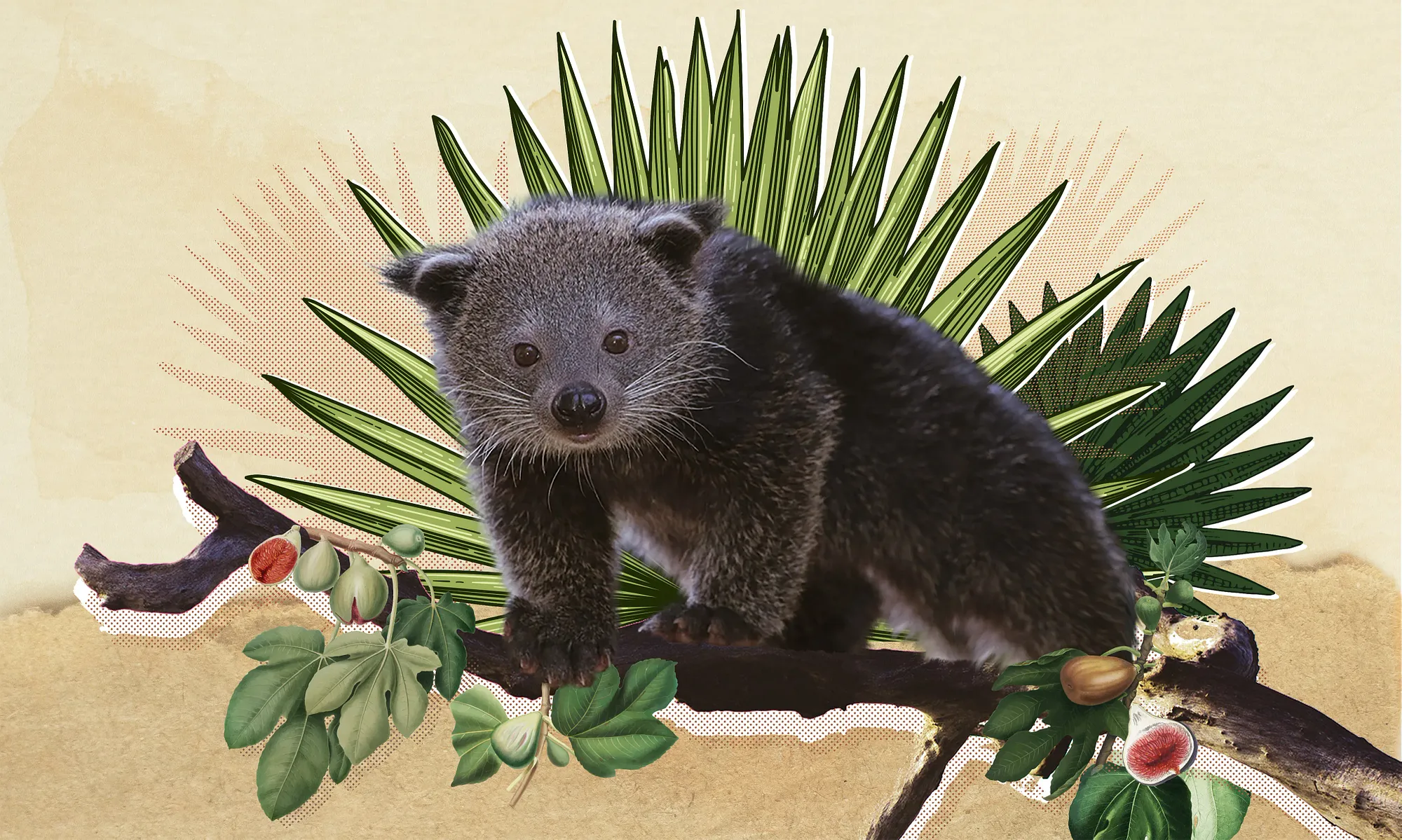People’s skin erupted with horrific boils that burst open, spilling stinging pus across vicious rashes. According to the Christian Bible, along with water turning to blood, frogs, lice, gnats, diseased livestock, hail, locusts, darkness for three days and the killing of firstborn sons, the boils were one of the plagues God sent down to ancient Egyptians to compel them to free the Israelites.
Some researchers have different explanations for these seemingly divine punishments, however. A known volcanic eruption at the time or a natural algae bloom could have upset the ecological balance in Egypt’s waterways, causing frogs to flee rivers and lakes and die en masse, which would have left insects without predators and an overwhelming supply of rotting meat to feast upon. One such decomposition-loving bug just happens to cause horribly painful blisters: members of the Paederus genus, commonly known as rove beetles, or kiến ba khoang.
Of all the living things people are afraid of, kiến ba khoang may be the smallest. Hardly larger than a grain of rice, the sight of one scurrying across the room not only causes a person to leap away in fright, but also subsumes one with the fear that there may be more lurking unseen. And it’s the beetles you don’t see that you need to worry about.



The agonizing large sores that result from kiến ba khoang are not due to any bite or sting, but a bacteria-produced toxin in their body called pederin.
The agonizingly painful and astonishingly large sores that result from kiến ba khoang are not due to any bite or sting. Rather, a bacteria-produced toxin called pederin courses through the flesh of females, or males that eat their eggs. As it’s more powerful than cobra venom and perhaps the strongest toxin in the animal kingdom, coming into contact with it — by crushing the insect, or brushing against one, which causes the animal to secrete the pederin — results in the condition known as paederus dermatitis. Anyone who has had the misfortune of experiencing this likely did so without first realizing it, often instinctively flicking at a tickle on one’s arm, leg or face in sleep.

While they are beetles, many people refer to rove beetles as kiến (ant), which makes sense given how many members of the genus resemble the unrelated insects. Rove beetles evolved hundreds of millions of years ago, and some species took to sneaking into ant or termite colonies to eat. But why break in, if you can be invited in? If you can camouflage as a member of the army, you get all the easy food and safety you need. Thus, over millennia, their bodies evolved to more closely resemble ants, and they even developed the ability to emit the same aromas.
In Vietnam, apartment buildings, neighborhoods and even entire cities occasionally experience an outbreak of rove beetles. Pesticide use and deforestation have pushed the insects from their normal woody homes into residential areas, particularly during the rainy season. Drawn to light, they end up in houses, where they are inadvertently squished. During such infestations, thousands of people end up seeking medical treatment for the chemical burns. Even if you haven’t experienced it, you have no doubt heard enough about it to dread finding one of the bugs in your home.
And yet, there is a lot to love about the rove beetle. As with all animals that humans consider “evil” or “villainous,” rove beetles are simply acting according to their nature, as constructed through the merciless machinations of ecological checks and balances. And the toxins they contain have nothing to do with humans, but are the result of millions of years of natural selection before we even existed to repel the spiders that preyed upon them.
Ironically, they probably help us more than they hurt us, because they are critical in pest control, as their main diet is smaller insects that typically threaten crops, as well as mosquitos and other household nuisances. It is only when we started spraying fields with pesticides and chopping down forests that they were forced to migrate to urban environments. Truly, rove beetles serve as an early warning of greater problems to come if we do not rectify our relationship with nature.
Rove beetles serve as an early warning of greater problems to come if we do not rectify our relationship with nature.
Moreover, parents could look to rove beetles as an important teaching tool similar to tales of the boogeyman. Lured to illumination, at night they often invade homes that have lamps on inside. Such energy consumption not only increases electricity bills, but contributes to pollution. So parents would be wise to tell their children, “you better turn off that light, or the rove beetles will sting you while you sleep.” Even if leaving a lamp on only slightly raises the risk of accidentally developing their dreaded rash, this would be an effective means of encouraging responsible energy use.

The medical community has recently begun experimenting with pederin as an effective cancer treatment, as well. While significantly more studies are required, in the future, tumor-eliminating drugs that save you or your loved ones may be concocted with the main chemical found in rove beetle toxins. So even if you do not care about preserving the environment for its own sake, remember that every species lost or forest destroyed is a potentially life-saving substance gone.
On the flip side, if you care about taking life, as opposed to saving it, the rove beetle might be of interest to you as well. It is believed that ancient Indians relied on their crushed bodies to make a powerful poison. While it is extremely rare to accidentally ingest a rove beetle, doing so could have serious implications. I have found no modern accounts of this being done as a means of assassination, though I would imagine there is potential. Of course, Saigoneer is not advocating murder, but if one were to do it, slipping concentrated rove beetle powder in someone’s cà phê sữa đá may be the way to go; it's not like any medical examiners will be expecting it.
There is no domestic or international lobby focused on rehabilitating the reputation of the rove beetle and, because it is a bug, it cannot do this on its own. If one agrees with the need to improve the perceived value of the rove beetle based on all of the reasons offered above, however, I can think of numerous means.
Conservation agencies could, of course, adopt them as a mascot, given they are a symbol of what happens when we muck around with the environment. Might a fashion brand release a jewelry line featuring glass vials containing live kiến ba khoang catering to “edgy” consumers?
A much slicker way, I think, would be to create a popular comic or television program with the rove beetle as the starring character. She could have a goofy potato bug as a sidekick, an evil spider as an arch-nemesis. There would be schemes, shenanigans, and hijinks. Perhaps the rove beetle works as a delivery driver and gets into wacky mishaps with mismanaged orders, or maybe she is a detective tasked with exposing a forgery ring dedicated to duplicating priceless Nguyễn-dynasty artifacts; just spit-balling here.

Graphics by Phan Nhi, Hannah Hoàng, Simona Nguyễn.
Animation by Simona Nguyễn, Phan Nhi.

















